Content from the Brookings Institution India Center is now archived. After seven years of an impactful partnership, as of September 11, 2020, Brookings India is now the Centre for Social and Economic Progress, an independent public policy institution based in India.
This article first appeared in Live Mint. The views are of the author(s).
For most people the UN is the venue of an annual kabuki theatre where world leaders come to make sonorous speeches and snipe at each other to score points with populations back home. While these theatrics, played out every September from the UN General Assembly (UNGA), make for high entertainment, they do very little to either advance national interests or multilateral goals.
However, just weeks after the curtains come down on the UNGA drama, diplomats from all member-states gather in the less glamorous bowels of the UN to deliberate on disarmament and international security, promote national interests, and, if possible, do some global good. The deliberations of the First Committee have tended to be business-like and the envoys have sought to bridge differences and seek common ground, if possible. Until now.
According to Reaching Critical Will, a non-governmental organization that closely monitors disarmament developments, the First Committee has been “particularly fractious this year, influenced by events in the conference room but also by events in other conference rooms, and of course, in the real world”. These events include tensions over North Korea between the US and China, differences over the Iran nuclear deal, and the Russian veto in the UN Security Council blocking the extension of the Joint Investigative Mechanism mandated to probe alleged chemical weapons use in Syria. Perhaps, the biggest factor behind this year’s undiplomatic dust-up is the recently concluded Treaty on the Prohibition of Nuclear Weapons (TPNW).
Adopted in July, the TPNW commits state parties not to “develop, test, produce, manufacture, otherwise acquire, possess or stockpile nuclear weapons or other nuclear explosive devices” and forbids them to “use or threaten to use nuclear weapons or other nuclear explosive devices”. This single treaty has exacerbated rifts not only between the nuclear-armed states and the non-nuclear armed states but also members of the Treaty on the Non-Proliferation of Nuclear Weapons (NPT), the Non-Aligned Movement (NAM), and in some cases, between nuclear-armed states and their allies, which are protected by these weapons.
To read more, please click here.
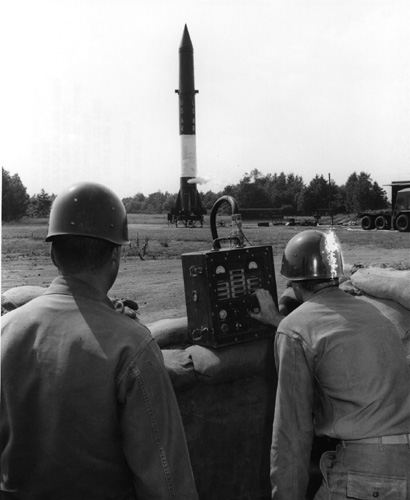
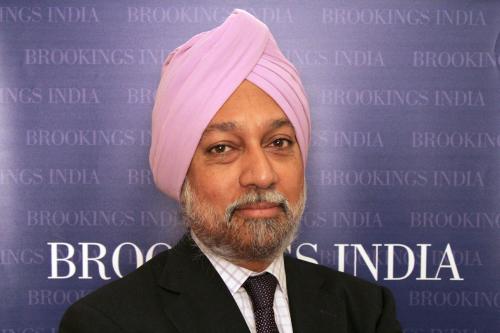
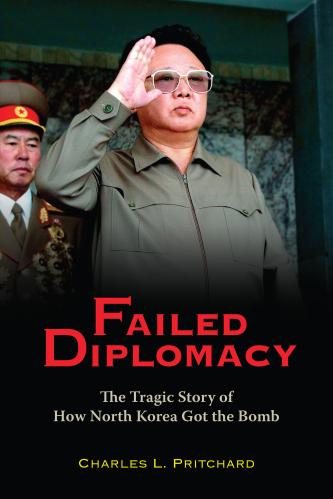
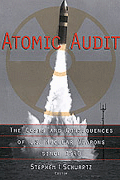
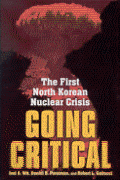


Commentary
Op-edWarring over disarmament in the UN
November 5, 2017